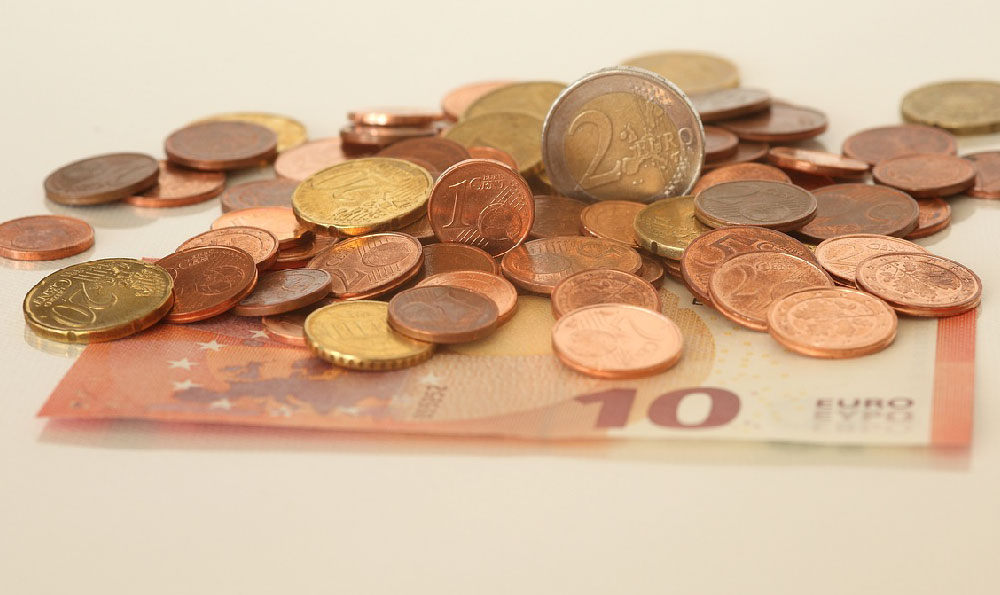Yes, car dealerships profit from financing, and the amount can be significant. This profit stems from several avenues, making auto loans a lucrative part of their business model. Understanding these profit centers empowers consumers to negotiate more effectively and potentially save thousands of dollars on their car purchases.
The most direct way dealerships profit from financing is through interest rate markups. Dealerships rarely directly finance cars themselves. Instead, they act as intermediaries between the buyer and various lenders – banks, credit unions, and captive finance companies (owned by the car manufacturer). These lenders provide dealerships with a “buy rate,” the lowest interest rate at which they’re willing to finance a particular borrower based on their credit score, loan term, and other risk factors.
The dealership then has the discretion to "mark up" this buy rate. This means they offer the customer a higher interest rate than the buy rate they received from the lender. The difference between the buy rate and the rate offered to the customer is pure profit for the dealership. This markup is often presented as a "discount" or "special rate" that the dealership "negotiated" for the customer, masking the actual profit margin. The allowable markup is sometimes capped by state law or by the lender, but it can still be substantial, often ranging from 1 to 3 percentage points, or even higher in some cases. Over the life of a multi-year car loan, even a seemingly small interest rate increase can translate to hundreds or even thousands of dollars in extra costs for the borrower, all of which ends up in the dealership's pocket.

Beyond interest rate markups, dealerships also profit from financing through commissions and incentives paid by lenders. Lenders compete for dealerships' business, wanting them to steer customers toward their loan products. To incentivize this behavior, lenders often offer dealerships commissions for originating loans. These commissions can be a flat fee per loan, a percentage of the loan amount, or even a bonus based on the volume of loans the dealership generates. These commissions are in addition to any interest rate markups, further boosting the dealership's financing profits.
Furthermore, dealerships profit from the sale of ancillary products associated with financing. When a customer applies for a car loan, the finance manager at the dealership will often try to sell them additional products like extended warranties, gap insurance (guaranteed asset protection), credit life insurance, and paint protection packages. These products are often overpriced and have high profit margins for the dealership. While some of these products can be genuinely beneficial in certain circumstances, they are frequently pushed aggressively as a way to increase the overall profitability of the deal. A substantial portion of the profits from these ancillary products is often tied directly to the financing process, as they are included in the loan amount. The interest accrued on these products over the loan term increases the overall cost even further.
The actual amount of profit a dealership makes from financing varies depending on several factors, including the customer's credit score, the loan amount, the loan term, the dealership's markup policies, and the types of ancillary products sold. However, it's not uncommon for a dealership to make several thousand dollars in profit from the financing portion of a car sale alone. This profit is in addition to the profit they make from selling the car itself.
It’s important to consider the implications of this profit structure. Because dealerships profit from financing, their incentives are not always aligned with the customer's best interests. They are incentivized to push customers toward higher interest rates, longer loan terms, and expensive add-on products, even if those options aren't the most financially sound for the borrower. This creates a power imbalance in the negotiation process, as customers may not be fully aware of the various ways the dealership is profiting from the financing.
So, how can consumers navigate this complex landscape and avoid overpaying for their car loans? One of the most effective strategies is to secure pre-approval from a bank or credit union before even setting foot in a dealership. This gives you a benchmark interest rate to compare against the dealership's offer. If the dealership's rate is higher, you can negotiate or simply walk away and use your pre-approved financing.
It is also crucial to carefully scrutinize the loan agreement and ask questions about all fees and charges. Don't be afraid to challenge the dealership's claims about interest rates or add-on products. Always read the fine print and understand the total cost of the loan, including all interest and fees, before signing anything.
Another valuable tactic is to shop around for financing. Get quotes from multiple lenders and compare their interest rates, loan terms, and fees. This will give you a better understanding of the market rate for your credit profile and help you identify the best deal.
Finally, be wary of add-on products. Carefully consider whether you truly need them and compare prices from other sources before purchasing them from the dealership. Remember that you are not obligated to buy any of these products.
In conclusion, car dealerships undoubtedly profit from financing. The amount of profit can be considerable, arising from interest rate markups, commissions, and the sale of ancillary products. By understanding these profit centers and taking proactive steps to shop around for financing, negotiate effectively, and avoid unnecessary add-ons, consumers can protect themselves from overpaying and potentially save significant amounts of money on their car purchases. The key is to be informed, assertive, and willing to walk away from a bad deal.












